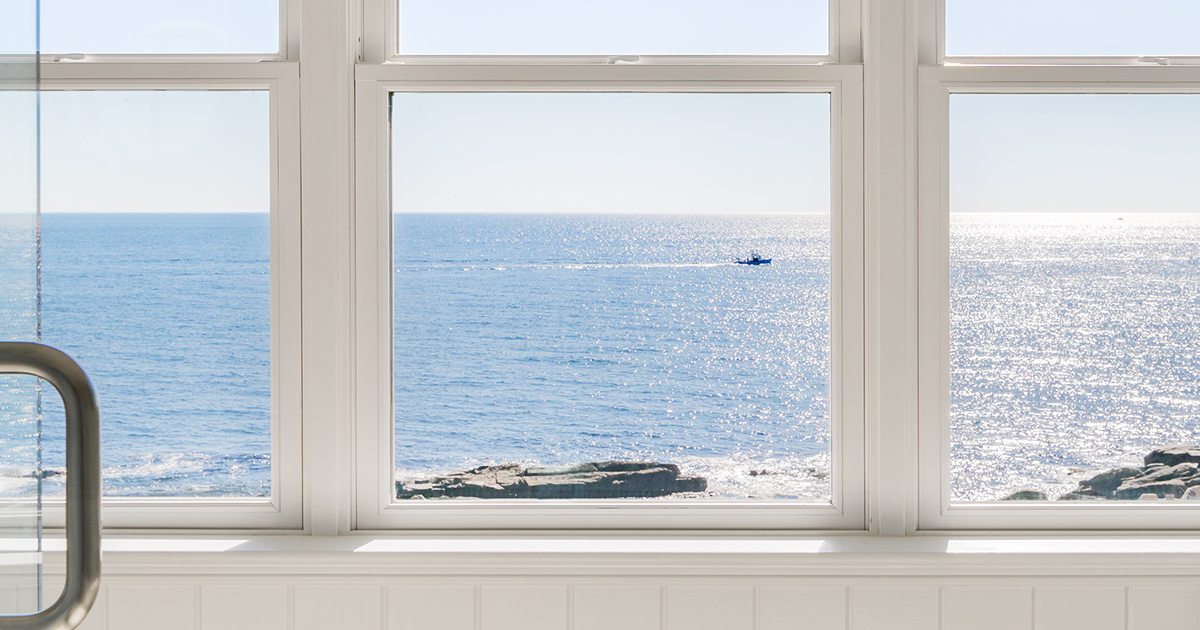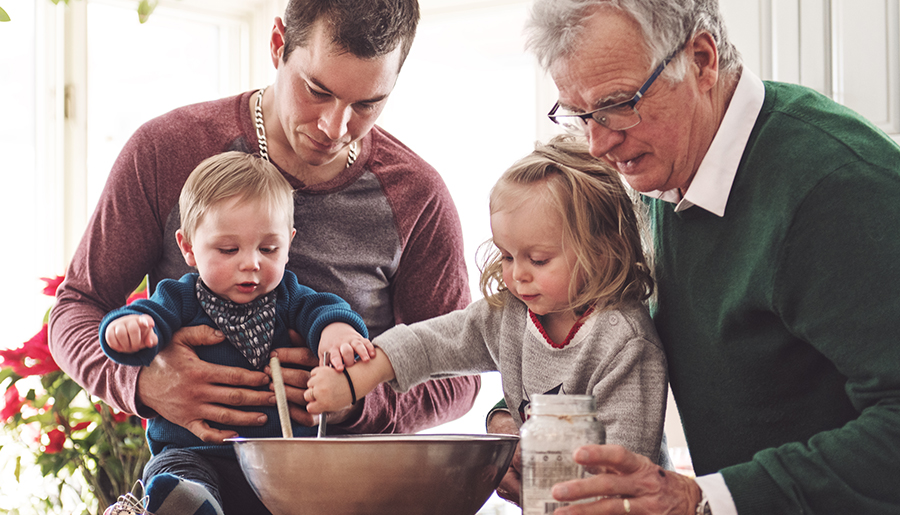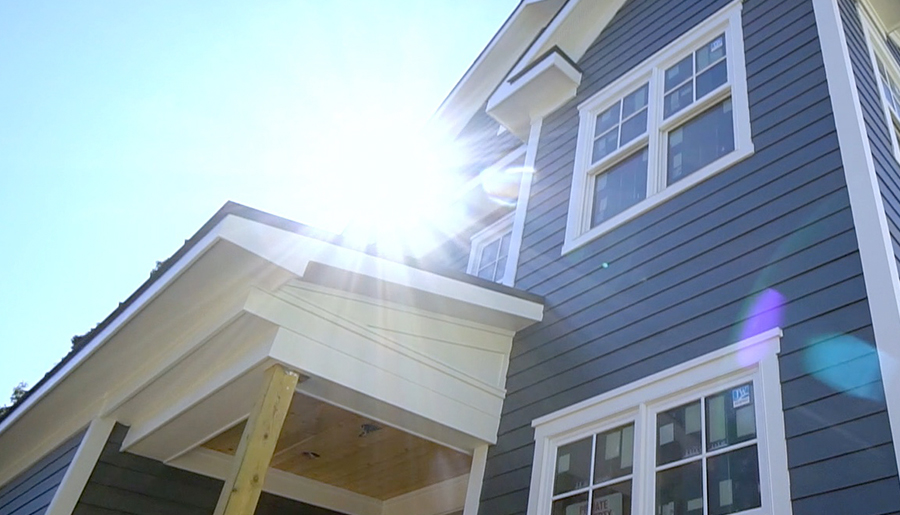As temperatures continue to rise, passive homes provide much-needed comfort.
The hope with every home we build is that it will remain comfortable and livable for generations. The truth is that our global climate has other plans. As local weather intensifies due to global warming, passive home building is growing in popularity for its structural resilience and sustainable design.
What is passive building?
Passive building is a methodology that prioritizes long-term comfort and sustainability. According to the Passive House Alliance US,[1] homes in this category maintain comfortable indoor temperatures during summer and winter seasons while reducing carbon emissions and improving indoor air quality.
Net-zero homes—homes that produce as much energy as they consume—are a product of passive building. Common features are energy-efficient windows and doors, an airtight envelope to prevent outside air from coming in, high-performance insulation to minimize heat transfer, superb ventilation, and a renewable energy source such as solar or geothermal.
Combined, these elements create homes that are stronger, cleaner, more comfortable year-round, and better for the environment. This also helps homeowners save on monthly energy costs.
Passive homes are better in an emergency

Passive homes are not only prepared to withstand the elements, they’re designed for it.
Consider a power outage. Many homes rely strictly on electric heating and cooling systems to regulate temperature. A passive home, with an airtight envelope and high-performance insulation, can maintain a comfortable indoor temperature on its own for days without power.
Where structural design alone isn’t enough, such as in coastal areas with windborne debris, impact-resistant windows can be installed to prevent any breaches. JELD-WEN offers a breadth of products that balance both high-impact performance and style, including several window and door options rated for zones 3 and higher.
Passive building is shaping up to be a win-win for homeowners and contractors alike. Aside from energy savings, this greater structural resistance will also reduce maintenance costs on mold and mildew caused by leaks. For builders, homes that are easier to maintain make for happier clients and a better reputation.
Choosing windows and doors for passive building
The name of the game with passive building is marrying indoor comfort with long-term sustainability. It all comes down to high-performance materials and airtight installation.
JELD-WEN has a variety of glass options that meet—even exceed—passive building performance and energy requirements while lowering overall utility costs for homeowners. For example, our Low-E glass blocks harmful infrared rays to protect against heat gain, and our LoE³-366 insulating glass is designed to maintain comfortable temperatures all year. For homes at altitudes above 4,000 feet, our Low-E EC glass features a second coating of Low-E to provide greater heat retention.
These glass options, combined with the finest window and door materials, help builders deliver energy efficiency, great style, and preparedness for anything while adding value to the home in the long run.
At JELD-WEN, we’re committed to creating high-performance products that prioritize energy savings and peace of mind for homeowners. As an ENERGY STAR partner since 1998, many of our windows and doors meet or exceed their standards to help reduce the environmental impact of every home.
For assistance with window and door specifications or installation, visit JELD-WEN’s professional portal.



